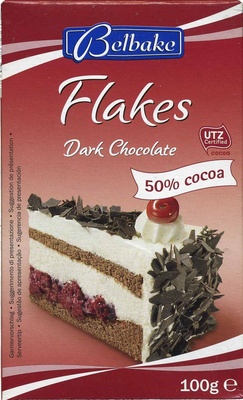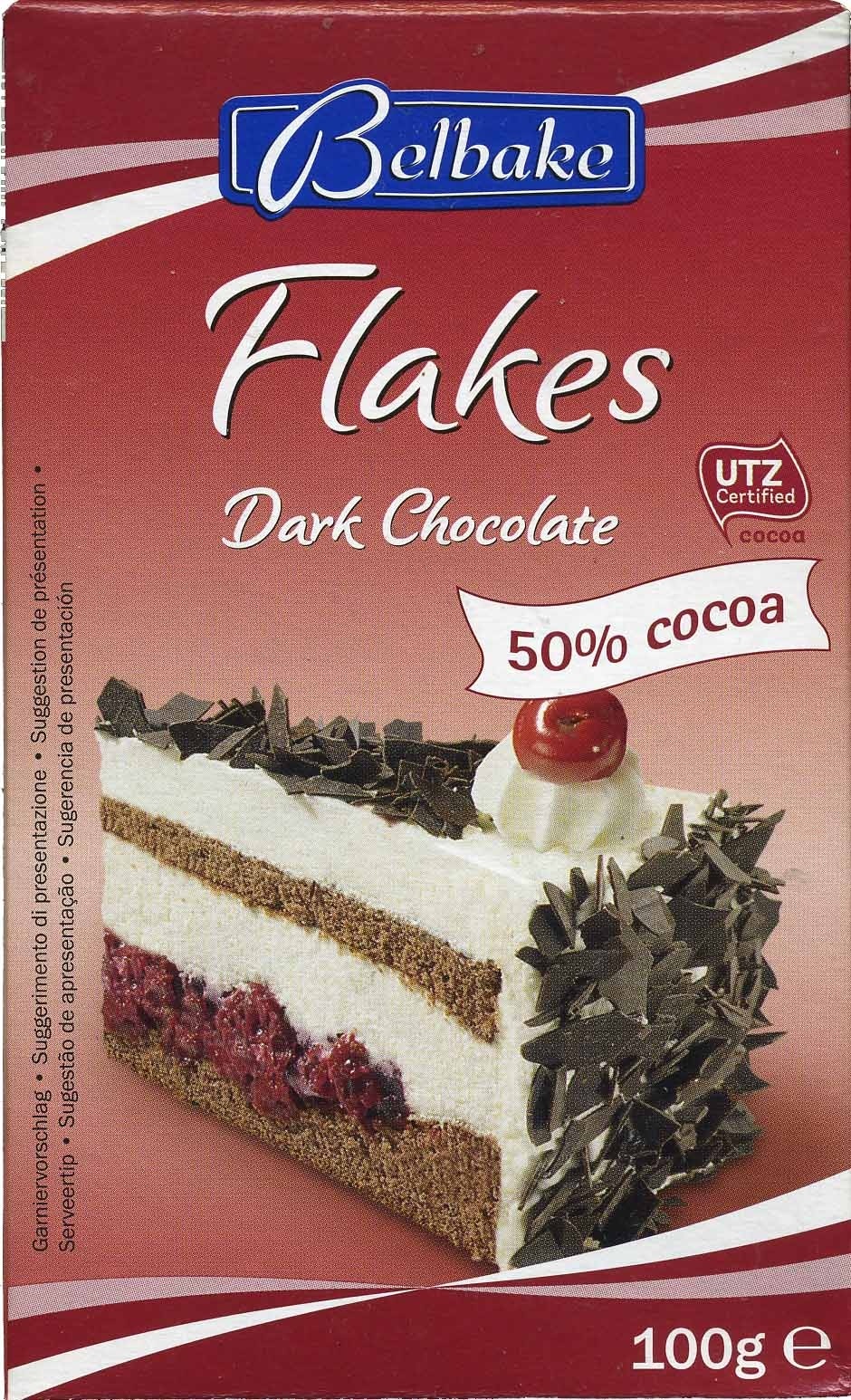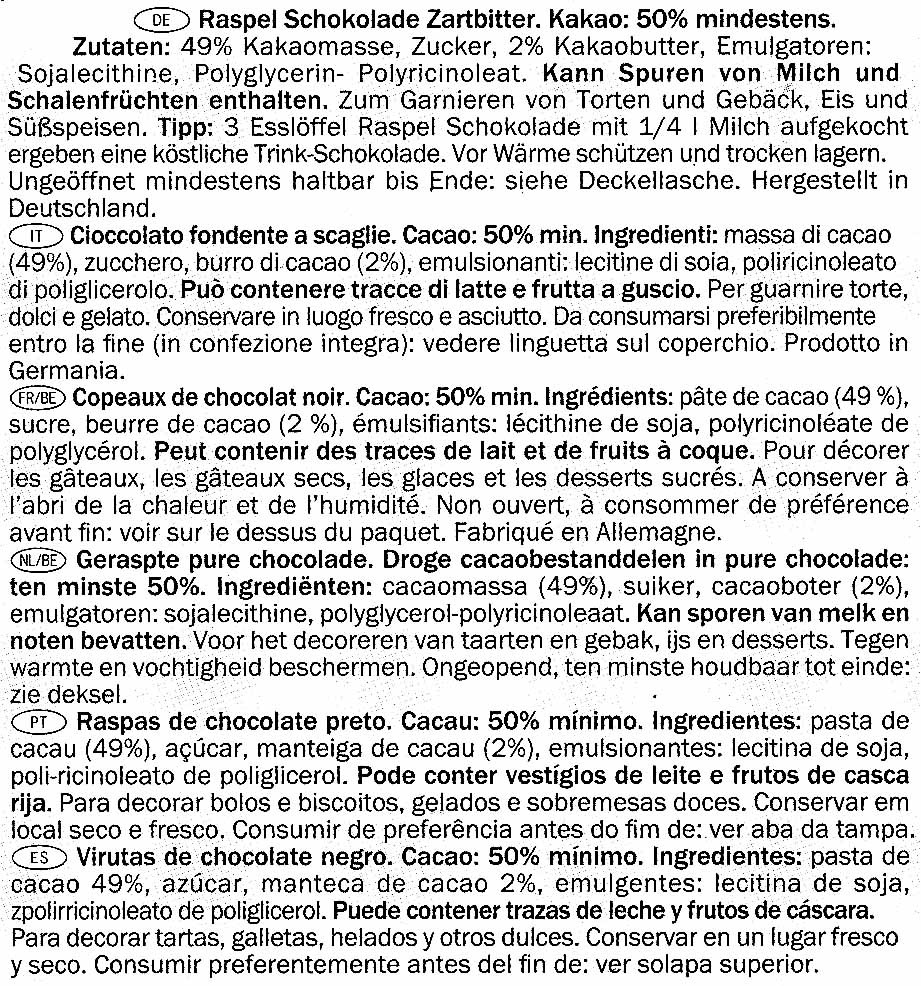Dark chocolate flakes 50% cocoa - Belbake - 100 g
Codi de barres ambigu: aquest producte té un codi de barres amb número de circulació restringit per a productes d'una empresa. Això significa que diferents productors i botigues poden utilitzar el mateix codi de barres per a diferents productes.
×
Aquesta pàgina del producte no està completa. Podeu ajudar a completar-la editant-la i afegint-hi més dades a partir de les fotos ja disponibles, o fent-ne més amb l'aplicació de androide o iPhone / iPad. Gràcies!
×
Codi de barres: 20431662
Nom comú: Virutas de chocolate negro 50% cacao - Flakes dark chocolate 50% cocoa
Quantitat: 100 g
Empaquetament: es:Bolsa de plástico, es:Caja de cartón
Marques: Belbake
Categories: en:Food decorations
Etiquetes, certificacions, premis:
Agricultura Sostenible, Fet a Alemanya, Certificat UTZ, Cacau certificat UTZ
Llocs de fabricació o processament: Alemania
Botigues: Lidl
Matching with your preferences
Entorn
Empaquetament
Transport
Etiquetes
Report a problem
Fonts de dades
Producte afegit per javichu
Última modificació de la pàgina del producte per packbot.
La pàgina del producte, també editada per musarana, roboto-app, standardanalysis, yuka.SHZsUkdhOERsc2NFd2ZJeTJ4YlE5ODV2dzU2U0FIKytOOFVvSVE9PQ.









